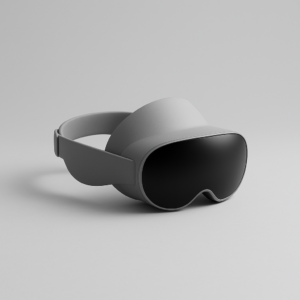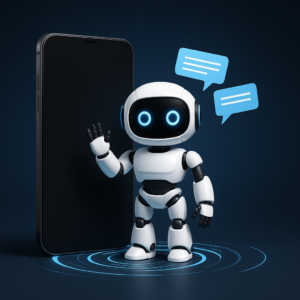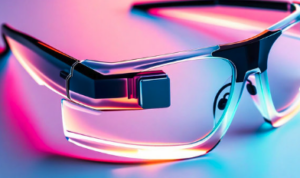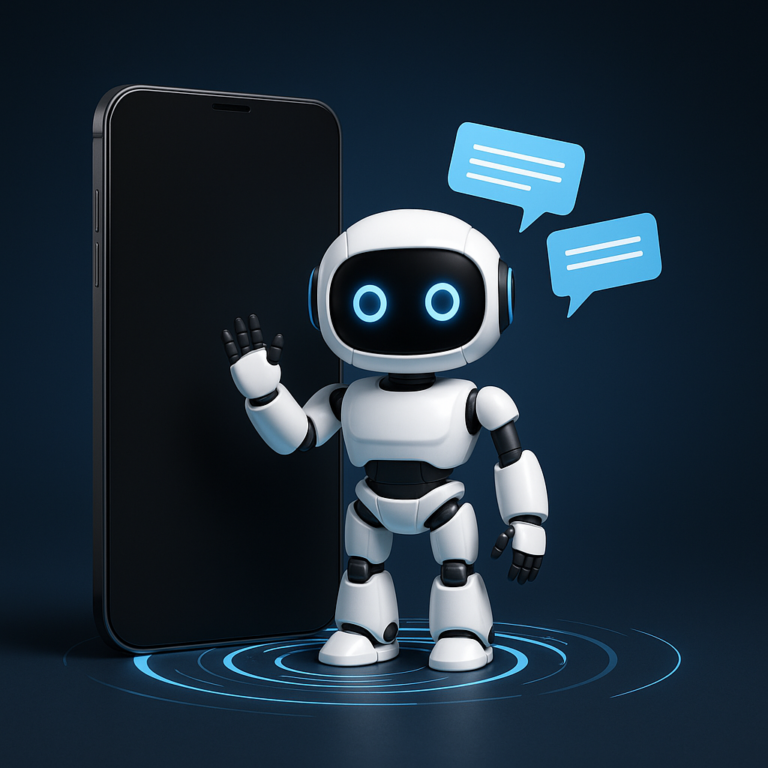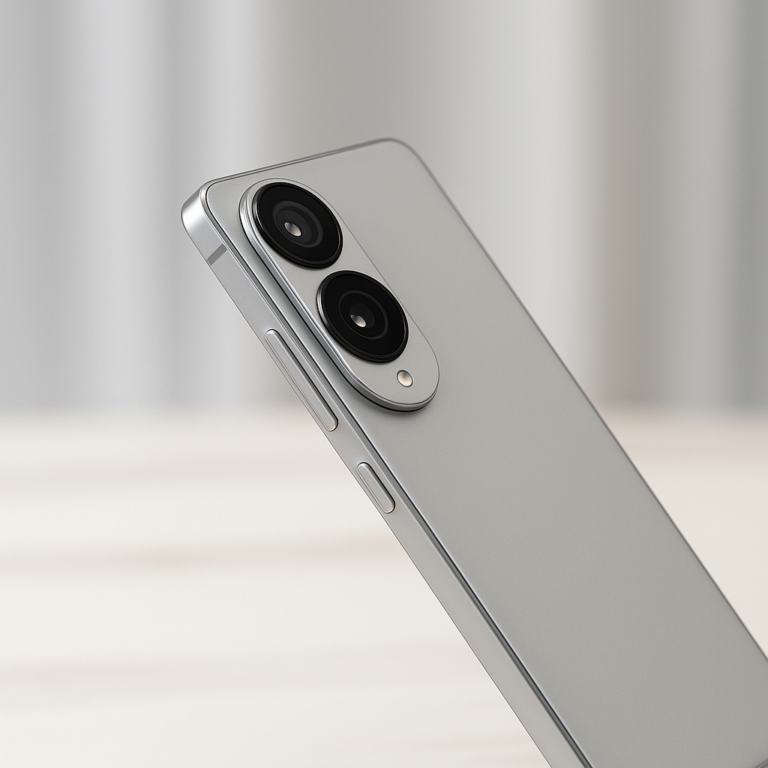At the Google I/O 2025 event, a major breakthrough in wearable technology was introduced: the Android XR smart glasses powered by Google’s Gemini AI. This announcement marked a significant advancement in augmented reality (AR) and artificial intelligence (AI), setting a new standard for smart eyewear that blends real-world interaction with intelligent digital assistance. The Android XR glasses were designed to offer a seamless fusion of the physical and virtual worlds. By integrating Gemini AI, Google aimed to provide users with an intuitive, hands-free experience that enhances productivity, communication, and entertainment. This device represented a major step toward making extended reality technology practical, stylish, and accessible to everyday consumers. A deep dive into the details of this new device, including its operating system, AI capabilities, design elements, hardware specifications, potential use cases, developer ecosystem, and how it compares with competing products in the market, reveals the depth of Google’s ambition. In addition, the unveiling illustrated Google’s long-term vision for spatial computing and AI-driven smart wearables. The announcement was not merely a hardware launch—it was a glimpse into how Google intends to reshape the future of immersive interaction.
Google I/O 2025: A Milestone Unveiling
Google’s annual I/O conference has traditionally served as a platform for showcasing innovations that shape the future of computing. The 2025 event was no exception. The unveiling of Android XR smart glasses powered by Gemini AI captured immediate attention, demonstrating Google’s strategic commitment to the growing XR market. Positioned as more than a tech demo, the announcement emphasized Google’s mission to bring ambient computing to life—an experience where intelligent devices fade into the background and assist seamlessly. Rather than deliver another bulky, niche VR headset, Google focused on lightweight, everyday eyewear that anyone could wear. The device balanced innovation with approachability. Gemini AI was shown to offer real-time language translation, smart notifications, and contextual awareness, highlighting the practical advantages of integrating AI with AR. From turn-by-turn directions to on-the-fly information overlays, the potential uses were both impressive and attainable. The audience saw glimpses of users navigating busy cities, translating foreign signage, and interacting with content in real time—all without reaching for a smartphone. Google’s XR debut was clearly aimed at mass adoption, a stark contrast to the premium niche strategies of its competitors.
What Is Android XR? The Operating System for Extended Reality
Android XR has been purpose-built as an extension of the Android operating system, tailored to support extended reality (XR) applications. This system is intended to power wearable devices that blend virtual experiences with the real world, such as augmented reality glasses and mixed reality headsets. Built upon the robust framework of Android, the XR version includes additional capabilities such as spatial computing APIs, low-latency sensor integration, and enhanced graphics support. Real-time rendering plays a crucial role, with Android XR delivering smooth visuals even in motion-heavy environments. It supports inputs from accelerometers, gyroscopes, depth sensors, and outward-facing cameras to build accurate representations of the physical world. Developers familiar with Android Studio and existing toolkits can build apps specifically for Android XR with minimal friction. Voice interaction, hand gesture recognition, and eye-tracking are all supported natively. Seamless integration with Google’s services, such as Google Maps, Lens, and Assistant, gives the platform an edge over competitors. Android XR is also designed to manage battery consumption effectively, a critical feature for wearables. Through these features, Google has created an OS that bridges real-world interaction and virtual augmentation without overwhelming users or draining the device.
Gemini AI: The Intelligent Core
At the heart of Google’s XR smart glasses lies Gemini AI—a powerful multimodal model designed to process language, images, spatial data, and audio simultaneously. Gemini AI was built not merely as a chatbot, but as an intelligent assistant capable of understanding context in real time. With Gemini AI, the glasses can interpret voice commands, analyze surroundings, identify objects, and provide timely suggestions without explicit prompting. For instance, while walking in a new city, users can ask for nearby restaurants and see AR overlays appear on buildings. Real-time translation is among the most impressive features, as the AI listens to conversations or scans text in foreign languages, then displays or whispers translated content without interrupting the user experience. Gemini’s context-aware intelligence means it can, for example, remind users to leave early for a meeting due to unexpected traffic, or suggest turning on navigation based on calendar entries. It learns from individual habits, allowing responses to become increasingly personalized over time. With privacy controls and on-device processing, many AI tasks are performed locally to ensure security and reduce latency. Gemini’s inclusion in the Android XR platform elevates smart glasses from simple AR displays to truly adaptive computing companions.
Design and Aesthetics: Blending Technology and Fashion
A critical barrier to widespread adoption of smart glasses has been aesthetics. Many early AR and VR wearables were bulky or odd-looking. Google took a different path by prioritizing wearable appeal. Through collaborations with fashion brands like Gentle Monster and Warby Parker, the XR glasses were designed to resemble stylish eyewear rather than tech gadgets. The frames are made from lightweight, durable materials that maintain comfort even during extended wear. Several frame designs and color options allow users to personalize their look. The micro-OLED displays are embedded seamlessly into the lenses, providing high-resolution projections without distorting the wearer’s vision when inactive. Bone-conduction speakers hidden in the arms of the glasses deliver audio discreetly, while maintaining environmental awareness. Directional microphones ensure voice recognition functions reliably even in noisy environments. Cameras are subtly placed to support spatial computing and object recognition without drawing attention. Design emphasis was placed on subtlety, comfort, and social acceptability—making it more likely that users would wear the device throughout the day, not just for specific tasks. This convergence of technology and fashion distinguishes Google’s XR glasses from others and helps normalize wearable AR in public spaces.
Hardware and Technical Specifications
Underneath the sleek frame, powerful hardware enables the Android XR glasses to perform their extensive functions. The glasses are powered by the Qualcomm Snapdragon XR2 Gen 2 chipset, engineered for XR performance with reduced latency and power consumption. Dual micro-OLED displays offer rich contrast, sharp text, and low-latency rendering with wide field-of-view support. A multi-sensor suite includes cameras, depth sensors, motion detectors, and environmental monitors. These components enable real-time spatial awareness, head tracking, and gesture input. Gesture recognition is supported through an array of outward-facing sensors, allowing the user to swipe, tap, or pinch in mid-air to control the interface without physical contact. The battery is optimized to last up to eight hours on typical use, with fast charging support through a proprietary magnetic USB-C dock. Connectivity options include Wi-Fi 7 and Bluetooth 5.3, ensuring fast communication with smartphones and cloud services. Local storage allows for offline experiences and AI inference when network access is unavailable. Security features such as biometric access and encrypted storage help protect user data. All of these components work together to deliver a responsive, always-on AR experience in a device that looks and feels like a regular pair of glasses.
Project Aura: Pioneering Mixed Reality
As part of its larger spatial computing initiative, Google also unveiled Project Aura—a prototype mixed-reality device that builds upon the core XR framework. Project Aura was developed in collaboration with XREAL, combining AR and VR capabilities into a single wearable. The concept introduces electrochromic lenses that can switch between transparent AR mode and fully immersive VR mode. This allows users to toggle between digital overlays on the real world and complete virtual environments. Despite this dual functionality, the glasses remain thin and lightweight—an engineering feat that distinguishes them from traditional VR headsets. Project Aura also features eye-tracking technology for foveated rendering, improving performance by focusing detail only where the user is looking. Spatial audio creates an immersive sound environment, adjusting dynamically to head movements. Although not yet commercially available, development kits for Aura are expected by the end of 2025. These kits will be aimed at researchers and developers looking to create next-generation XR applications. Project Aura represents Google’s long-term vision of a single wearable device that supports both augmented and virtual reality. It reflects the company’s ambition to lead not just in hardware, but in the evolution of human-computer interaction itself.
Practical Applications in Daily Life
The Android XR glasses are not merely conceptual—they offer immediate, practical value in various real-world scenarios. One of the most useful features is turn-by-turn AR navigation, where arrows and directions are overlaid directly in the user’s field of view. This function reduces distractions while walking, cycling, or driving. Fitness applications are also supported, with real-time performance tracking, biometric readings, and coaching instructions delivered through audio or visual prompts. In the kitchen, the glasses can show recipe steps on the lens display, eliminating the need to handle phones with messy hands. Travelers benefit from automatic translation of signs, menus, and conversations, which are processed instantly by Gemini AI. For professionals, smart glasses enable hands-free email reading, calendar management, and remote video conferencing. During meetings, live captions or relevant reference materials can appear in the corner of the display. Entertainment is available via spatial audio streaming and media overlays. Users can watch videos or attend virtual concerts while remaining visually present in their environment. These practical applications demonstrate the glasses’ potential to enhance everyday life—not as a novelty, but as a productivity and lifestyle companion.
Developer Ecosystem and SDKs
To support the growth of XR applications, Google is releasing a complete software development kit (SDK) for Android XR. This toolkit includes spatial APIs, environmental mapping frameworks, gesture input support, and AI interaction templates. Developers can use existing Android tools such as Android Studio and Jetpack, streamlining the transition to spatial development. Integration with game engines like Unity and Unreal enables 3D content creators to build immersive applications with visual and motion accuracy. Google also introduced a dedicated XR section in the Play Store, where applications optimized for spatial devices can be published, discovered, and monetized. This ensures that XR apps have a central platform for visibility. Developers can also leverage Google’s suite of services, including Maps, Calendar, Assistant, and Gemini APIs, for deeper functionality. Cross-device development is supported, enabling apps to function across phones, tablets, and XR glasses with shared codebases. Regular updates and community forums help ensure that developers stay informed and supported. This open ecosystem contrasts with more closed XR platforms and provides a robust foundation for a thriving developer community.
Competition and Market Context
Google enters a highly competitive space that includes Apple’s Vision Pro, Meta’s Ray-Ban Smart Glasses, and Microsoft’s HoloLens. Each competitor targets a specific niche: Apple emphasizes high-end, immersive experiences; Meta focuses on social and media integration; Microsoft leans toward industrial applications. Google’s XR glasses position themselves as a balanced consumer device, offering powerful AI, open development tools, and a fashionable design. Android XR’s compatibility with existing mobile apps and developer tools lowers barriers to entry. Gemini AI offers a superior contextual assistant experience, potentially surpassing the smart functions of competitors. While Apple’s Vision Pro is more powerful in terms of display and immersion, it also comes with a much higher price point. Meta’s glasses are more casual but lack the depth of features that Gemini AI provides. Google’s emphasis on style, usability, and intelligence could give it a broader appeal. By combining elements of each competitor’s strength into one cohesive platform, Google aims to be the most accessible XR solution on the market.
Future Outlook and Industry Impact
Google’s entrance into the XR wearables space signals a pivotal shift toward mainstream adoption of spatial computing. By addressing the shortcomings of previous smart glasses—namely, bulkiness, poor software, and limited utility—Google has produced a product that is both functional and fashionable. Gemini AI integration turns the glasses into far more than just an augmented display—they become a proactive, personalized computing platform. With continuous updates, a growing ecosystem, and expanding use cases, Android XR glasses could eventually serve as a replacement for certain smartphone functions. As more consumers adopt smart glasses, new social norms and user experiences will evolve. For enterprises, such devices could enhance training, logistics, and real-time collaboration. For developers, the platform offers a new frontier of app creation. If Google succeeds in scaling production and fostering developer innovation, Android XR could define the next era of computing. The blend of AI, design, and accessibility in one wearable platform positions Google to lead the future of ambient intelligence.
Feel free to check out our other website at :aibrainpowered.com
